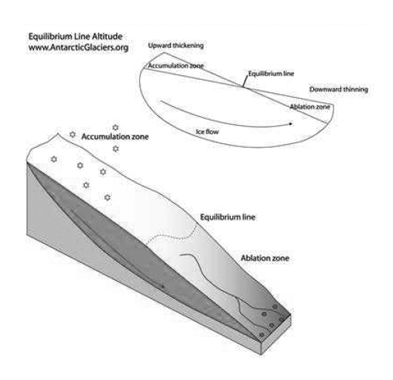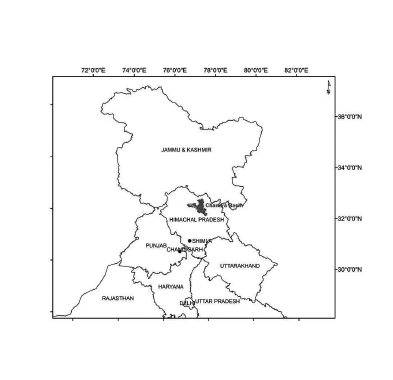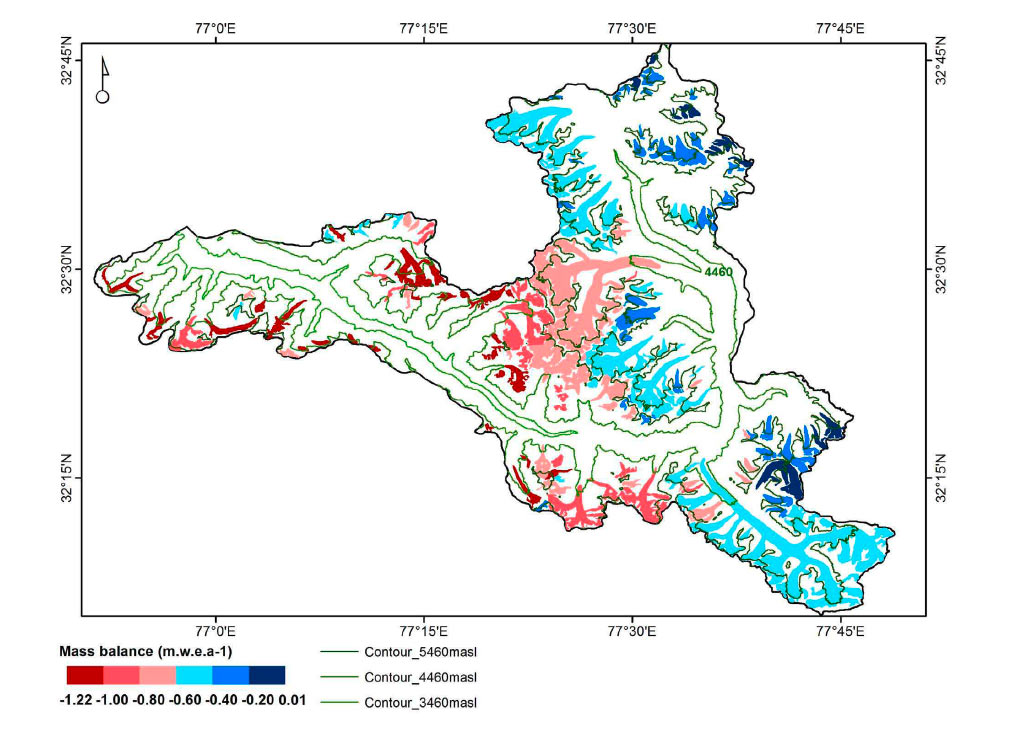

During the past 50 years, the retreat of many Himalayan glaciers has been documented but these do not give us an idea about the volume of water that has been lost on account of the retreat. This knowledge is important to evaluate the impactoftheretreatonavailabilityofwater to people living near the glaciers in the Himalayas. An accurate estimate of the decline in the volume of ice in a basin can be made if accurate ¿eld measurements are made in each glacier using stakes and snow pits. This is, however, di cult in the Himalayas since many glaciers are located in remote areas. Hence there is a need for an alternate method that uses satellite data and local data on temperature and snowfall.
The glaciology group, led by Anil Kulkarni has published a paper recently in the “Annals of Glaciology” on the mass and volume loss in the glaciers in the Chandra basin the Himalayas. This study examined about 146 glaciers spread over 660 square kilometres in the Chandra basin in Himachal Pradesh. The equilibrium line altitude of a glacier is the elevation at which the mass gained above that altitude is equal to the mass loss below that altitude in a given year (see ¿gure 1).
In this paper the authors have shown that in the Chandra basin the equilibrium line altitude has increased at the rate of 113 meter per decade. For this work the authors used satellite data on snow lines and temperature and snowfall data from a weather station that is located about 25 km from the glacier. Glaciers in the Chandra basin have lost about
11.1 Gigatons of water between 1984 and 2012. This represents about 20% of the mass of glaciers in the entire basin. The smaller glaciers that are located at lower altitudes have lost 67% of their mass. Large glaciers at high altitudes will not disappear soon but small glaciers at lower altitudes will shrink rapidly and lead to water stress in villages located near these glaciers.
The changes in mass balance of a glacier depends upon the summer temperature and winter snowfall in that region. A 20% increase in snowfall can compensate for a 1 degree increase in summer temperature. In this region the impact of increase in temperature was more than the changes in snowfall. The rapid rise in temperature in the Himalayas in the past 40 years is the main contributor to the rapid melting of small glaciers at low altitudes.
Many small communities located close to the smaller glaciers have faced serious water stress on account of the disappearance of the smaller streams. There is a need, therefore, to ¿nd innovative methods to reduce the impact of water stress on these communities. Some of these innovations involve storing the winter snow in an ice pond. The melt from these ice ponds can be used for summer irrigation.
Reference: Sayli,A.T., Kukarni,A.V., and Bala,G.. An estimate of glacier mass balance for the Chandra basin, western Himalaya, for the period 1984–2012, Annals of Glaciology, August, 2017.


